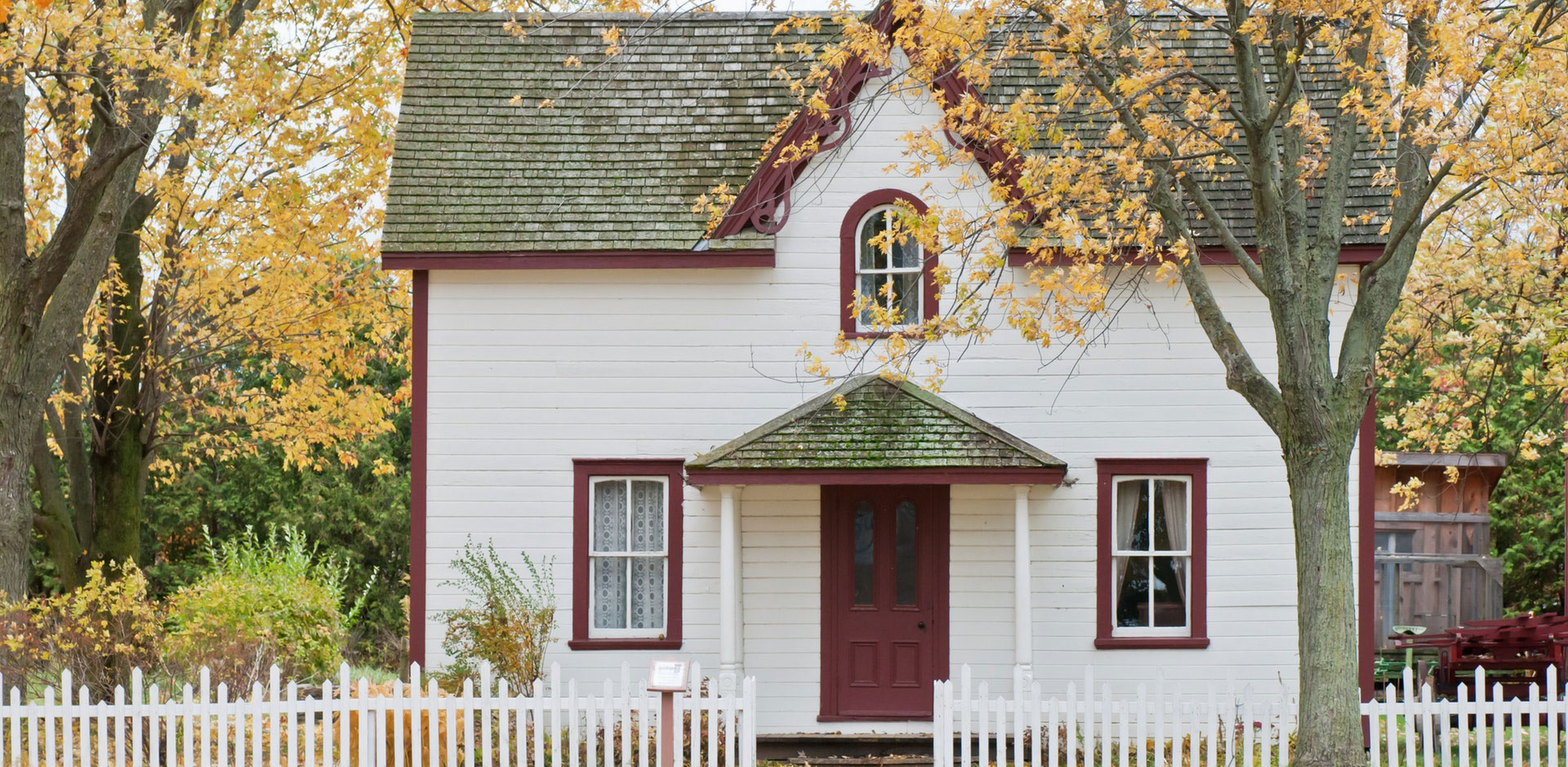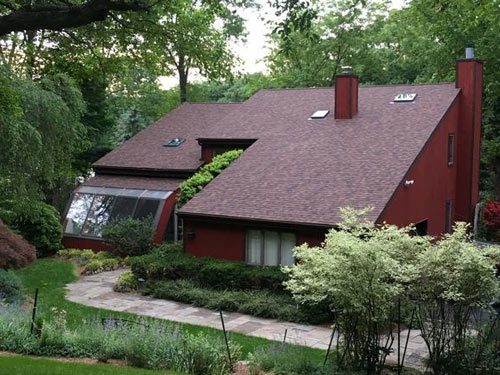When we envision a home’s primary defense against the whims of nature, we undoubtedly think of the roof, don’t we? For those living in Clifton, NJ, the roof serves not just as a barrier but as a steadfast guardian against the diverse climatic challenges the area faces. However, like any protector, it’s susceptible to wear and tear. While you might think of ringing up experts like Deal Construction for immediate solutions, there are also DIY fixes that homeowners can adopt. These hands-on repairs can be both cost-effective and time-saving. So, let’s journey together to understand the core roofing challenges and discover some practical solutions offered by both professionals and the DIY approach.
Splendid Overview of Roofing Issues in Clifton NJ
In Clifton, with its charming neighborhoods and seasonal shifts, homeowners encounter a particular set of challenges. Roof maintenance tops this list, bearing the brunt of the diverse weather patterns and other environmental factors. Let’s delve into the most common roofing issues faced by Clifton residents.
1. Brilliant Leaks and Moisture
The trifecta of rain, snow, and wind in Clifton exposes roofs to recurrent moisture-related problems. It’s not just the immediate dripping water; over time, unchecked moisture can cultivate mold, leading to health issues for inhabitants. Furthermore, water infiltrating the home can compromise the integrity of interior walls and rot the wooden framework, weakening the structure’s core and necessitating expensive roof repairs.
2. Remarkable Blow-offs, Tenting, and Reduced Wind Uplift Resistance
The gusty winds that occasionally sweep through Clifton can wreak havoc on roofs. Shingles, if not properly secured, can be blown off entirely, leaving parts of the roof exposed. Moreover, tenting, or the upward lifting of roofing materials, can jeopardize the entire roof’s security. These forceful winds can reduce a roof’s resistance to uplift, making subsequent wind damage even more probable and emphasizing the need for regular inspections.
3. Stellar Punctures and Holes
Clifton’s vibrant wildlife, combined with the occasional falling branch, can result in unintended punctures on the roof. Even past repair jobs, if not done meticulously, can leave small vulnerabilities. These holes, though seemingly insignificant, can be the starting point for more extensive damage, allowing water and pests an entry point. It’s crucial to regularly check for such issues, especially after storms or repair works.
4. Dazzling Poor Installation
A roof’s lifespan and its performance during inclement weather are profoundly impacted by the quality of its installation. In some Clifton homes, poor workmanship becomes the root cause of recurring issues. Misaligned shingles, incorrect sealing, or improper flashing installations can all reduce the roof’s efficiency and longevity. Homeowners must ensure that they work with reputable roofing contractors to avoid these pitfalls.
5. Exceptional Pooling Water
Particularly in homes with flat roofs, pooling or standing water is a common issue in Clifton. Without proper drainage, water accumulates, increasing the load on the roof and heightening the risk of leaks. Over time, this stagnant water can also degrade roofing materials. Regular inspections, especially after heavy rainfall, can help identify and address areas where water tends to accumulate.
Handy DIY Fixes Every Clifton Resident Should Know
Homeownership comes with its set of challenges, and roof maintenance stands tall among them. While enlisting the services of a professional is the go-to solution for significant issues, many small troubles can be tackled with DIY methods. Let’s explore some of them.
1. Quick-Fix For Leaks
Leaks are the silent destroyers of a home’s interior. The source of a leak is often distant from where the damage becomes visible inside. To address this, homeowners need to play detective. Once the source is identified, a roofing sealant can come to the rescue, or if the damage is more extensive, roofing tape can patch up the problem. It’s an affordable solution that can save your interiors from further damage.
2. Efficient Shingle Replacement
Shingles act as the primary shield in a roof’s defense strategy. When a shingle is damaged or goes missing, it leaves the roof’s underlayment vulnerable to the unforgiving elements. Thankfully, with a bit of diligence, shingle replacement can be a straightforward task. Gently take out the compromised shingle, being careful not to affect the adjacent ones. Introduce a fresh shingle into the spot and fasten it firmly with nails. To prevent more extensive roof replacement in the future, routine checks and inspections are key. This proactive approach helps identify and rectify potential problems early on.
3. Smart Sealant for Small Holes
Small holes or punctures can be gateways for water and pests. Before the next rainstorm hits, arm yourself with a quality roofing sealant. After cleaning the affected area, generously apply the sealant to close off any tiny openings. This simple act can prolong the life of your roof by preventing larger, more costly issues down the road.
4. Practical Clearing Blocked Gutters
Gutters are the unsung heroes, directing water away from the foundation. However, over time, they collect debris, leading to blockages. Regular cleaning not only ensures efficient water flow but also protects the roof and walls from potential water damage. Make it a seasonal routine, especially after autumn when leaves tend to accumulate.
Why Regular Roof Maintenance is a Benevolent Choice
Think of roof maintenance as a regular health check-up for your home. Just as we visit the dentist to prevent future cavities, conducting periodic roof check-ups can ward off potential damage. Regular maintenance spots minor issues before they balloon into significant, cost-intensive repairs. Additionally, it amplifies the roof’s durability, offering an extended shield for your residence, ensuring peace of mind for years to come.
When to Call the Trustworthy Professionals
Roofs are complex structures, and while DIY fixes are great for minor issues, there are times when professional expertise becomes invaluable. When faced with extensive damage, or if you’re hesitant about the DIY route, always prioritize safety and the long-term integrity of your home. Reach out to seasoned roofing experts who can provide guidance, high-quality work, and assurance that your home remains the safe haven it’s meant to be.
Conclusion
Roofing challenges in Clifton, NJ, might seem overwhelming at first, but armed with the right knowledge and a proactive mindset, many of these concerns can be tackled head-on. Whether you’re considering the DIY method or seeking the expertise of a trusted roofing contractor in Clifton, NJ, it’s imperative to act swiftly to ensure the protection and longevity of your residence.
FAQs
- Is it costly to get a professional roof repair in Clifton NJ?
- The cost varies depending on the damage extent, but regular maintenance can help in reducing these expenses.
- How often should I inspect my roof?
- It’s recommended to inspect your roof at least twice a year, especially after heavy storms.
- Can I replace my entire roof by myself?
- It’s a task best left to professionals due to its complexity and the need for specialized equipment.
- How long does a typical roof last in Clifton, NJ?
- With proper maintenance, a roof can last 20-30 years.
- Are there any local regulations for roof repairs in Clifton, NJ?
- Yes, it’s always best to check with local authorities or housing associations before starting any significant repair work.







